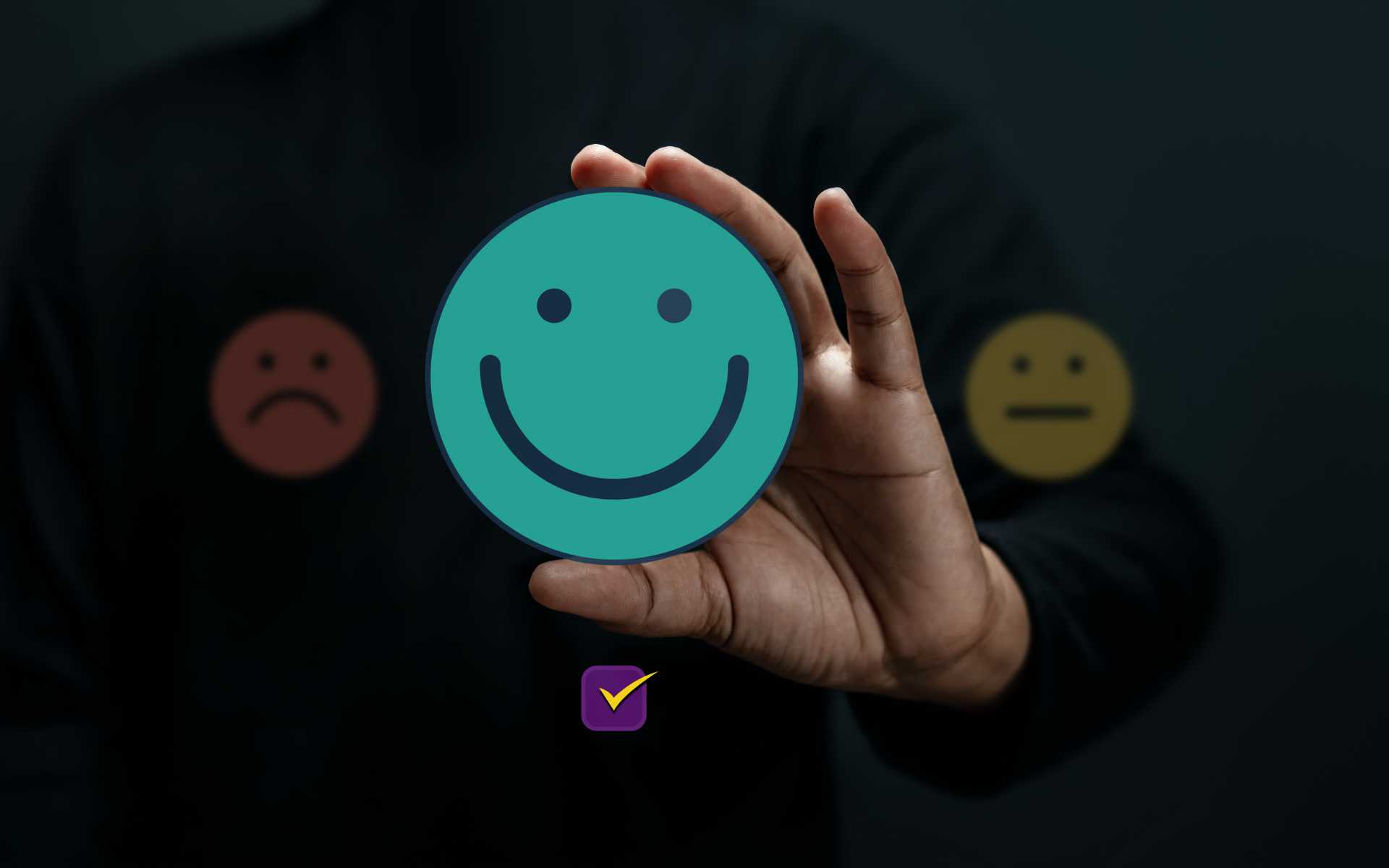
5 Actionable Strategies To Improve Local Customer Experience At Scale
Improve the customer experience and sales experience with these five actionable strategies for your company.
Experience with customers (CX) can be more than a standard buzzword. It creates the impression a potential customer has of your brand and how they speak about you to their families, friends, and business partners.
However, as you consider expanding the size of your CX initiatives in the direction of Local experience optimization, you could be thinking – where should you start?
When you think about your CX You’ll need to think about your company’s
- Local listing of businesses, such as the Google Business Profile or your position in Apple Maps.
- Online reviews.
- Checkout is easy.
- Customer service channels.
- Easy to use word-of-mouth marketing.
With all these variables at play, how can you know whether improving customer service is worthwhile?
Data recommends spending the time to upgrade your CX.
94% of people say that a bad review has made them not do Business with a particular company, and that’s only one of the areas that can be improved.
What if we showed the best practices for improving every aspect of your client experience?
Today, we’ll go over five methods to enhance the experience your customers have and boost the profits of your Business on a large scale.
First, let’s talk about why you’d like to improve your experience.

How Can Improving Customer Experience Benefit My Sales?
Your customers have expectations even before they find your store on Google. Therefore, your brand must be in line with their expectations.
In fact, creating an excellent customer experience starts when a search has been done for your item or services.
Then, it extends to browsing your site to buying in-store or online for post-sale items to leave an online review.
What aspects of the Shopping Journey Influence a Customer's purchase?
CX is critical in determining whether someone buys products or services from your Business.
It begins when a client becomes aware of your brand and continues for five complete phases:
- awareness phase Your potential customer is facing an issue and is looking for solutions. A Google search could trigger this to find a particular item or service. Your future client may be enticed to visit your local Business listing.
- The potential client will evaluate various options to determine if your company will most effectively meet their requirements. They could look up reviews on the internet to aid them in making this choice, and it’s crucial to ensure that your reviews are enticing.
- The Purchase and Decision Phase In this stage, the web visitor is now your customer.
- Retention Stage Your company is continuing to establish a rapport with your client to convert them into loyal customers. You can achieve this through emails, customized discounts, and digital feedback.
- Advocate Phase If your company offers a superior CX, Customers may be inclined to promote your Business via word-of-mouth marketing or even by leaving positive reviews.
Customer perceptions are formed through every stage of the customer’s journey. This is the reason CX should be the top priority for all companies across all industries.
It may seem like an awful lot, so we’re focusing on scalability. How can you make these changes with minimal effort or bandwidth?
What strategies do you have in view to help make these positive changes easier for your team and you?
These are our five favorite effective strategies for delivering exceptional service that builds customer loyalty, which leads to the advocacy of customers after the sale.
Strategy 1 to Optimize your Local Search Experience Using the Correct Data
Let’s first consider how a potential client discovers your brand in your awareness stage.
For people who need to become more familiar with your company, the online journey begins as soon as they start an online search.
When they first see your name on a SERP, they will see your Business’s listing that has a minimum number of your:
- Name of Business.
- Address.
- The number for a phone.
- Other relevant information.
They believe that the information will be accurate.
What would be the sting for a client to attempt to call and find out that the wrong number suggests that your company has ceased operation?
If your listing for your Business has one or two pieces of incorrect information, you could be creating negative customer experiences right from the beginning.
Fifty-five percent of customers say that an incorrect or missing website address frustrates them the most when they search online for a company. In addition, 50% of consumers report that an inaccessible or inaccurate phone number annoys them the most.
It’s crucial to cut off issues with awareness in the bud. Do this by ensuring that each piece of information in your company profile is accurate.
What is the most accurate information I should include in my Google Business Profile?
As a minimum, you should ensure that the below Google Business Profile fields are updated for each of your pages:
- Name of Business.
- Primary category.
- Business description.
- Address.
- The number for phone.
- Hours.
- Website link.
- Attributes.
How can I easily Create These Improvements On A Large Scale?
Although you can manually change this information across various search engines, we can provide a more efficient method.
Local Listing Management is essential to any strategy to improve customer experience.
It will help eliminate false information and ensure that accurate and current data is accessible across the entire ecosystem of search.
So, any time someone is searching for your company regardless of where they are, they’ll find the most efficient way to get in touch with or locate you.
This will ensure that you never lose a sale and helps your company create a positive impression.
Strategy 2. Smoothly provide quick, exceptional customer service
Customer experience management involves providing your customers with the best service anywhere, anytime.
This is also the time you invest in the discovery stage, where potential customers decide if they want to purchase from your Business.
At this point, the customers can reach your customer service department in case they have any queries.
Your contact center needs to have the necessary tools to be able to respond to questions from customers efficiently and quickly as feasible.
About half of the clients ( 46%) believe companies will respond within 4 hours after a query is asked.
Furthermore, 12% of respondents expect an answer within fifteen minutes or even less.
What platforms should I Select To Allow Rapid Responses to Customer Issues?
Every client has a preferred way to contact an organization.
Your goal is to be present at every location where your customers want to meet you.
Think about upgrading your communications with your customers using the following:
- Chatbots.
- Contact forms.
- Google Q&A.
- Google Messaging.
- Your social media channels.
The trick is to be prepared to respond quickly to any available platform.
Your customer service team should be ready to answer. And fast.
Suppose you don’t respond to the concerns or questions of customers. In that case, You need to meet the expectations of your customers and, consequently, have these customers turn toward your competitors to fulfill their requirements.
Our preferred method of reducing the number of questions your customers ask is to minimize friction during the buying process.
This is why we are looking at our following method of scaling CX.
Strategies 3: Design a seamless Purchase Experience
Making sure your Business’s listings are optimized, and communications channels are the first steps to creating a positive customer experience.
The next step is to ensure an easy conversion experience.
If you’re looking for your customers to schedule an appointment, make reservations or request a quote, travel to a physical address, or complete the purchase online, your prospective customers would prefer to avoid any inconvenience when completing the intended conversion.
How can I reduce questions and increase conversions?
Here are some strategies to ensure that customer interactions with your company lead to increased sales:
- The HTML0 CTAs on your business listing point to the correct landing pages regardless of whether it’s the option to make an appointment or an address landing page.
- Make your checkout process simple and short. The average checkout process takes 5.2 stages long and includes 11.8 form fields.
- Optimize your website’s design. Avoid too much text and noise, and make the CTAs prominent.
- Increase the speed of your site. This has long been a priority for Google in such a way that they can penalize sites that have slow speeds. This also negatively impacts the overall experience of your visitors.
- Reduce the amount of steps required to buy. Customers shouldn’t have to navigate through the hoops to purchase from you. You should give them the option of creating an account, or make purchases as an individual. If the only option available is to set up accounts, the user might need help to leave their shopping cart.
Strategy 4: Improve Customer Retention
After a buyer has completed a purchase, customer experience management continues with the purchase.
Now, your company can convert your new customers into loyal customers.
How can B2C Companies Improve Customer Retention?
For B2C businesses, this could establish relationships with customers by sending out targeted marketing emails and promotions based on their previous shopping and research record.
You can also convince your customer to join a loyalty club.
What Can B2B Businesses Do to Increase customer retention?
For B2B businesses, this could include providing extensive product training and support that is top-of-the-line, continuous periodic check-ins, and communicating whenever products are upgraded to decrease the chance of customer loss.
Strategie 5: Make it Easy for Customers to Leave Reviews and Feedback
If your company offers positive customer service, they may feel compelled to leave positive reviews.
In turn, by turning your customers into loyal customers, You increase your company’s capability to retain and attract new customers.
Your loyal patrons or customers who are advocates for your Business are more likely to write a glowing review about your Business, share their experience with their friends, and spread the word about your Business.
How can feedback and Reviews help my Business?
Feedback can help your company measure satisfaction with your customers or to find areas of improvement.
It also assists you in identifying the most common issues, like insufficient payment options or problems with customer service.
How Do I get feedback and reviews from Customers?
Incorporate a digital feedback tool to your local websites, locators, and mobile apps to capture your current customers’ crucial feedback.
This lets customer experiences be shared naturally, and it is a convenient method to get customer feedback.
Utilize Streamlined Tools To Enhance the Experience of Your Customers
When marketing teams place a high value on managing customer experience, they’ll be better equipped to serve customers at every step of their purchasing experience by providing relevant content and details.
Knowing how customers react to different stages such as when they find your Business on the internet, advocating for your Business after the sale, and ensuring a good experience for the customer, you will be a frequent customer and brand ambassador.
As with all marketing initiatives, customer journeys constantly change and require constant analysis and refinement to ensure that you’re reaching your customers at the correct times when they are most important. But, this is only achieved with the right technology and tools available.
This is where tools to improve customer experience are used to enhance customer experience.
Rio SEO has combined with Forsta to create an all-in-one set of Local Experience (LX) solutions, the only industry-wide end-to-end Local Marketing and Customer Experience platform designed for enterprises.


